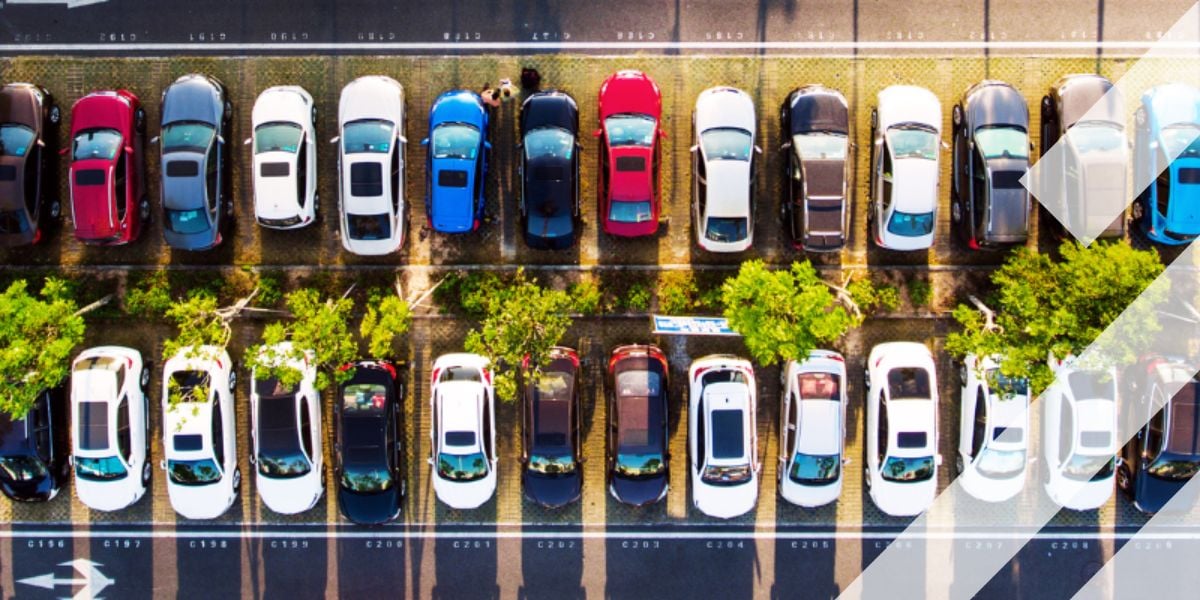Urban Mobility Developments: Past and Future
The way we navigate our cities is in a state of rapid flux. From electric vehicles to self-driving cars, we’re seeing major shifts in urban mobility, particularly in the last decade. These shifts are largely driven by growing urban populations and with this expansion comes a greater demand for effective mobility solutions.
There are over 500 megacities worldwide and some are home to over 20 million inhabitants. With populations of this scale, public transport systems are not enough to meet consumer demand and this failure leads to traffic congestion, parking constraints, noise and air pollution, and lower quality of life overall. The good news is we are at the cusp of reimagining what urban mobility means for the future. But to get there we need to take a look back at the challenges of urban mobility in the last few years.
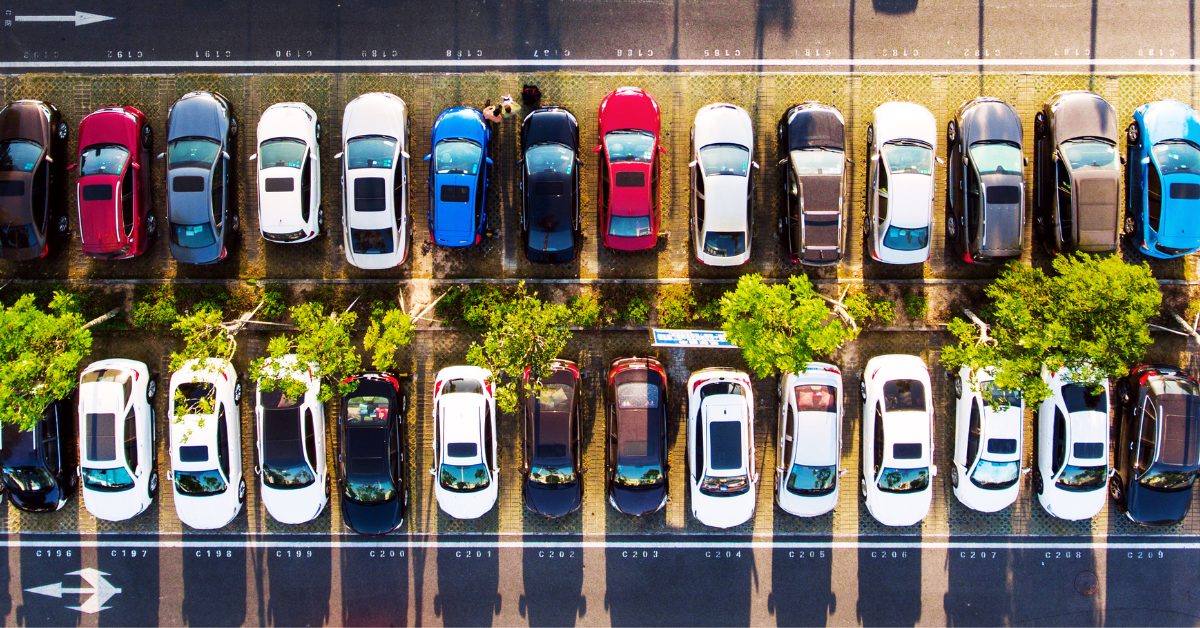
The Highs and Lows So Far
From 2010 to 2016, congestion rose in London by 14 percent, in Los Angeles by 36 percent, in New York by 30 percent, and in Beijing and Paris by 9 percent. Rising levels of congestion contribute to poor air quality, accidents, and even economic loss. In response, we saw a major boom in urban mobility options including shared mobility, micro-mobility, and parking.
The emergence of the Coronavirus pandemic threw many industries for a loop, and mobility was no exception. The boom in micro-mobility and shared mobility came crashing down as public transport was shut down, commutes were cancelled, and businesses shuttered. Public transport usage has dropped 70-90 percent in major cities globally. Ridesharing and carpooling services have also seen massive decline, with many companies shutting down operations.
The micro-mobility sector was particularly hard-hit. Global lockdowns have affected the valuation of micro-mobility providers, the employees in the sector, and accelerated consolidation across the industry.
One silver lining is that various major cities are pushing for micro-mobility solutions, particularly bike lanes. For example, Paris plans to invest €150 million to revamp its bicycle network and convert 50kms of car lanes into bike lanes. In Milan, the Strade Aperte (Open Roads) plan was announced in 2020 to increase pedestrian and bike lanes while reducing motor traffic.
The key to micro-mobility success lies in how well it can adapt to a post-pandemic world and changing consumer behaviour around which mobility options they choose. The pandemic has shifted how we think of travel, including micro-mobility and shared mobility. While the immediate consequences have been dire, there’s still hope that the industry will bounce back thanks to shifts in public policy and user sentiment.
Parking: The Hidden Challenge to Urban Mobility
Parking has a major role in urban mobility, heavily influencing congestion. According to research by BMW, up to 40% of inner-city traffic consists of people looking for a parking space. Smart parking solutions can reduce congestion and help people connect parking to the rest of their day. This could involve charging stations for EVs, reservation services, digital permit software, and virtual customer assistance.
Some estimates claim we spend only 2 hours actually driving and cars remain parked for the remainder of the 22 hours in the day. This clearly highlights the importance of parking spaces if we hope to create efficient systems for urban mobility. Inadequate parking spaces force drivers to drive around (often in circles), getting increasingly frustrated and causing further congestion on roads and increasing the risk for accidents and general conflict over space.
Unfortunately, parking reform often faces public pushback as most consumers want accessible parking but at no cost to themselves. This has led to a reactive rather than proactive approach towards solving parking issues, often focused on infrastructure alone and not support systems. This drives a car-centred development plan that creates cluttered urban spaces.
Urban centres are moving towards increasing levels of interconnectedness and parking policy needs to adapt to integrate into this system. An intelligent ecosystem that brings together different functionalities like mobile integration, virtual assistance, the Internet of Things, and flexibility of use is the need of the hour.
The Future of Mobility:
Shared Mobility, Micro-mobility, and beyond The United Nations estimates that 68% of the global population will be living in an urban area by 2050. The demand for innovative urban mobility development is only set to increase. For the future of smart cities, we see the following major trends:
1. Electrification
The shift to cleaner transport in the form of electric vehicles is one of the biggest positive trends for urban mobility. Sales of electric vehicles globally have risen steadily thanks to government subsidies, product innovation, the rising cost of fossil fuels, lower battery costs, and increased public awareness.
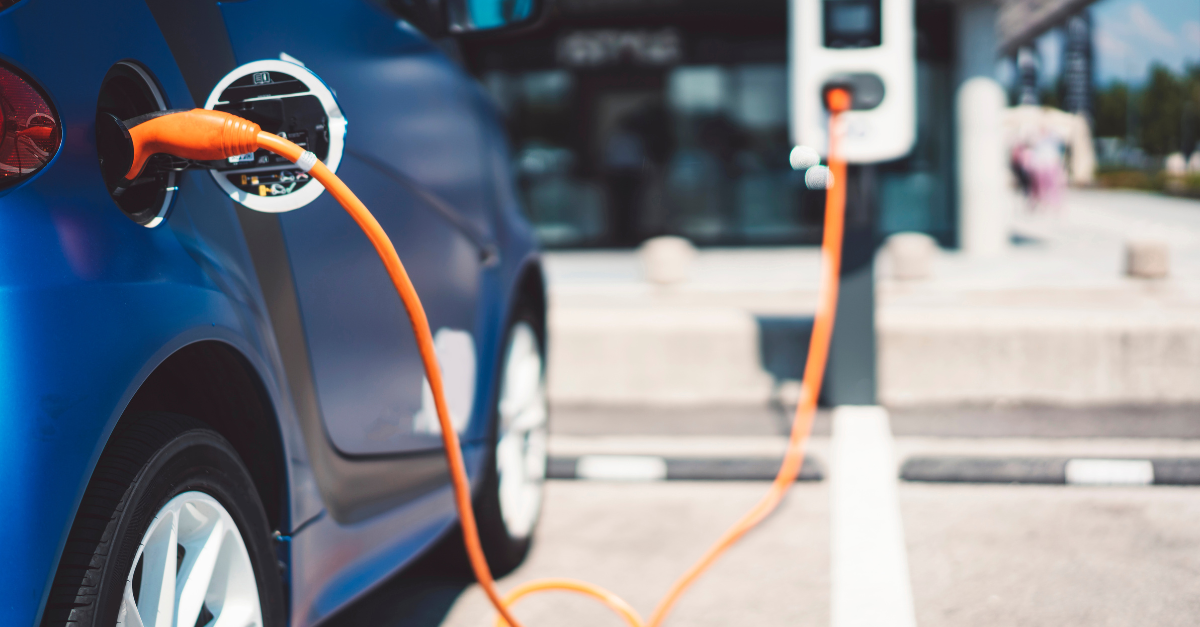
Norway is a frontrunner in Europe for its adoption of EVs and alternate fuels. The capital Oslo has the highest proportion of EVs in the world and runs one-third of its bus fleet on biofuel. Furthermore, Amsterdam is rapidly emerging in this field with various provisions to promote electrification. For example, if you buy an EV in Amsterdam but don’t have a parking spot with a charging outlet, then the city will provide one for you. In addition to this, the government subsides the purchase of new electric vehicles for personal and commercial use. Now 1 in 5 new vehicles purchased in the Netherlands is an electric vehicle and the country boasts around 75,000 public charging stations.
2. Shared mobility
Shared mobility is largely driven by changing attitudes among younger generations regarding ownership. The focus is much less on owning your vehicle and more about how easy it is to move around. Shared mobility is more accessible and affordable while also being better for the environment and urban spaces. It’s estimated that one shared vehicle can replace 8-20 individual vehicles which reduces inner-city congestion dramatically.
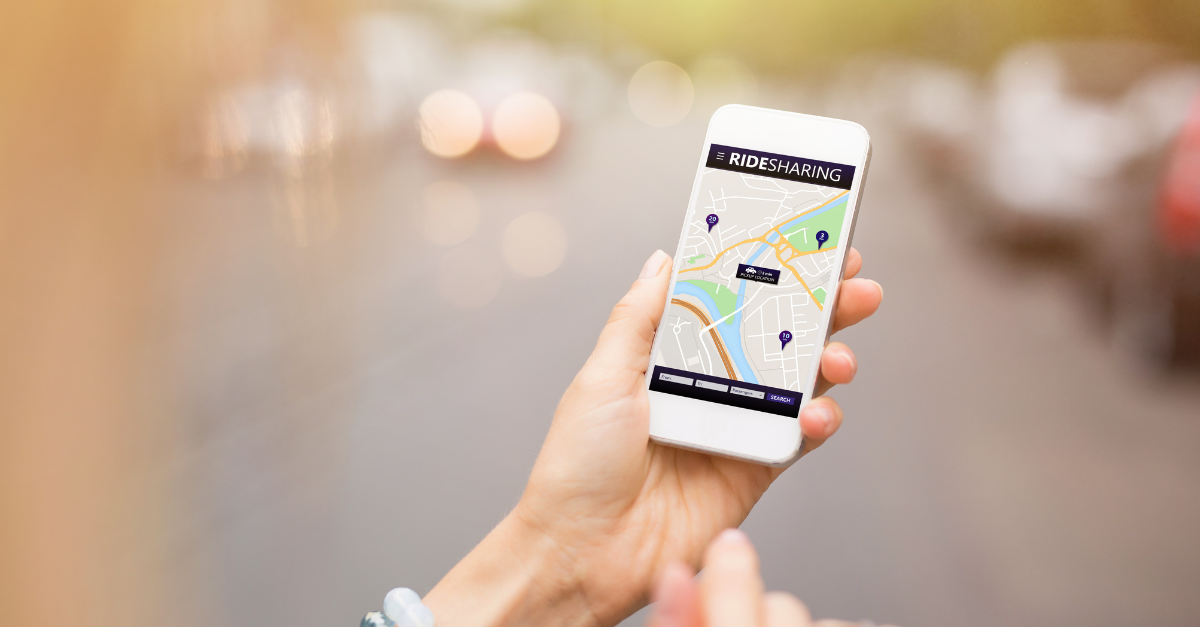
Building off of shared mobility, ride-hailing services are increasingly popular thanks to their ease of use. Digitisation in this area has made this one of the easiest options for people while also discouraging private car ownership and taking some strain off over-burdened public transport systems.
The 2020 pandemic negatively impacted this space but projections are optimistic that shared mobility is here to stay.
3. Autonomous vehicles
Finally, autonomous vehicles are no longer a thing of the distant future. Self-driving cars reduce road safety concerns, make mobility more accessible, and reduce the cost of transportation. The adoption of autonomous driving will also necessitate changes in urban planning and development including fewer parking spaces, more green spaces, and less congestion.
Autonomous vehicles can be a valuable tool for last mile connectivity, especially when implement as part of a seamless mobility plan. Under seamless mobility, travellers have a variety of mobility options at their disposal includings autonomous vehicles, electric vehicles, shared mobility, micro-mobility, and public transport.
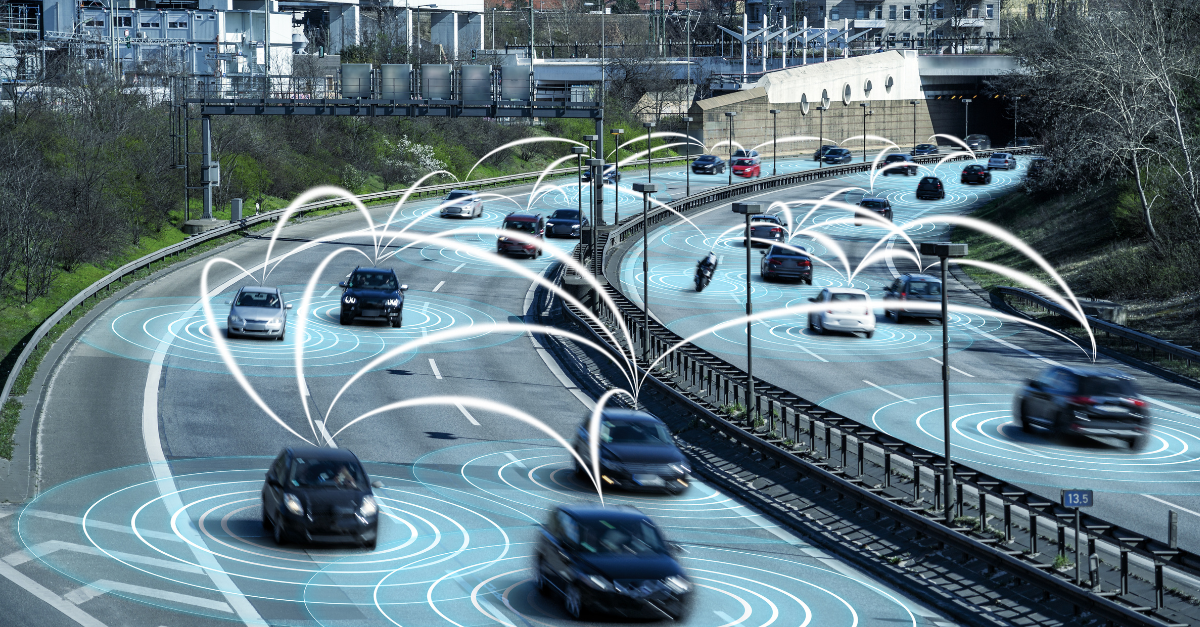
Advances in mobility already shape the transportation systems of major smart cities around the world, though this advancement is not uniform. An integrated approach will help smart cities plan urban mobility by reinforcing positive trends while mitigating dependencies and roadblocks. Cities that pull this off will lead the charge toward long-term urban mobility development that will raise the quality of life for their residents.
Share your story
Do you have an innovation, research results or an other interesting topic you would like to share with the professionals in the infrastructure, traffic management, safety, smart mobility and parking industry? The Intertraffic website and social media channels are a great platform to showcase your stories!
Please contact our Sr Brand Marketing Manager Carola Jansen-Young.
Are you an Intertraffic exhibitor?
Make sure you add your latest press releases to your Company Profile in the Exhibitor Portal for free exposure.
